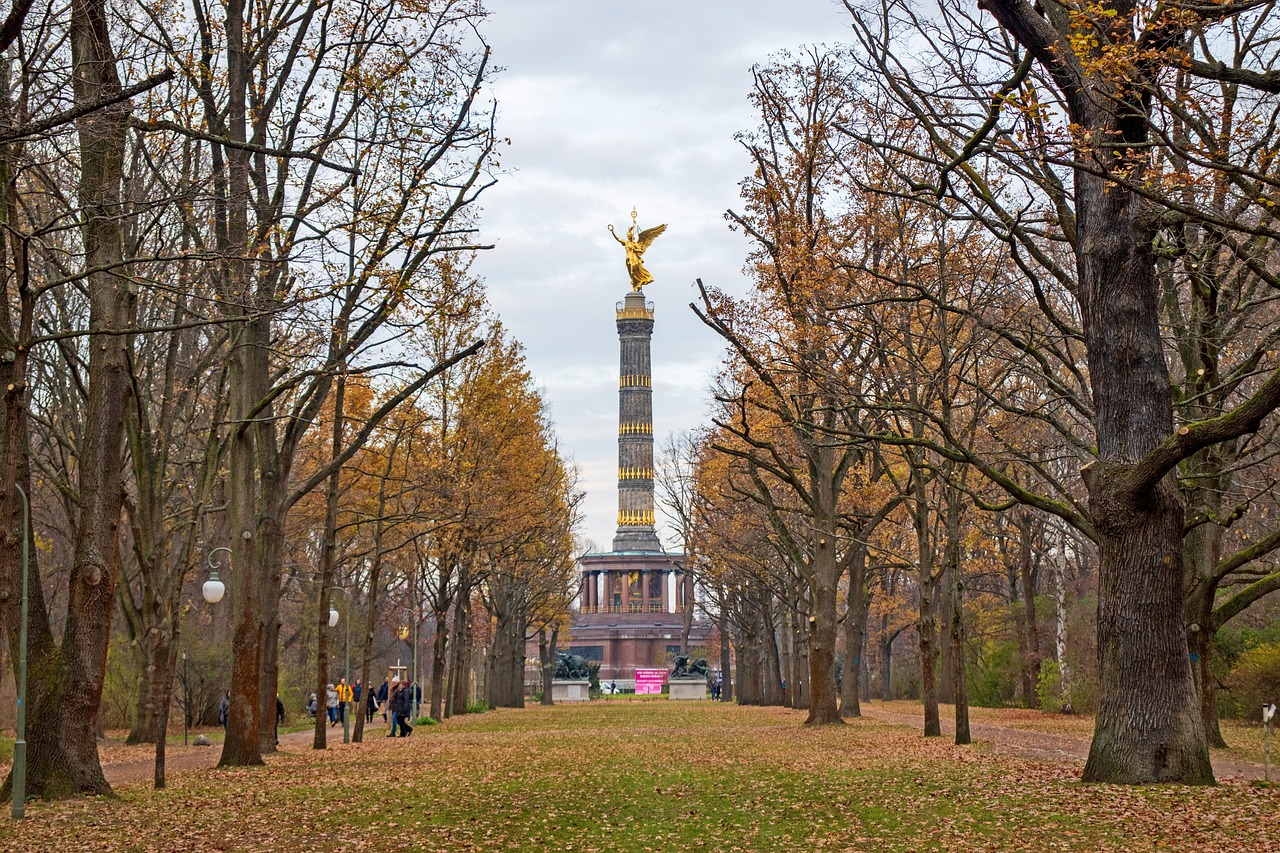A Pathway to Triumph: The Daru Staircase
The Daru Staircase at the Louvre
Room 703, Denon Wing, Level 1
Perched majestically at the apex of the grand Daru staircase, the Winged Victory of Samothrace stands as one of the Louvre’s quintessential masterpieces. This striking setting was intentionally curated to honor and amplify this emblematic work of Hellenistic Greek artistry. The convergence of ancient sculpture and contemporary architecture creates an iconic ambiance within the museum.
The Embodiment of Victory
With an ethereal presence, the Winged Victory of Samothrace appears as though she is gliding above. This statue is unique among Greek artworks because its original placement is distinctly recorded. Crafted as a homage to the deities, it once graced a sanctuary on the island of Samothrace in Greece. Positioned at a height, it was designed to be viewed from a distance, which aligns splendidly with its new home atop the Daru staircase. Here, Nike, the winged figure symbolizing victory, is captured just as she descends toward a ship.
The Staircase’s Magnificent Design
The Daru staircase provides the ideal backdrop for such a remarkable display. It is one of the six grand staircases created during the Second Empire in the 19th century by the architect Hector Lefuel. A significant renovation occurred during the 1850s and 1860s as the Louvre underwent extensive modernization and expansion. The former royal palace had been transformed into a museum, and Napoleon III commissioned a new wing to accommodate an expanding art collection. The previous staircase, built by his uncle Napoleon I, was insufficient for the new layout. The remnants from that era include the ceilings leading to the Italian painting galleries and the staircase’s name, Daru, after a minister during Napoleon I’s rule.
Hector Lefuel embraced the challenge of designing a monumental space spanning three tiers and providing access to four distinct pathways, allowing visitors the freedom to choose their own route. The Winged Victory of Samothrace was relocated to the upper landing in 1883, twenty years subsequent to the statue’s unearthing.
Fascinating Trivia
Upon its arrival in 1883, the presentation surrounding Victory was far more ornate than the minimalistic aesthetic observed today. The ceilings were lavishly adorned with gilded mosaics, a style that did not resonate well with all critics—some even likened the winged deity to a “music hall star.” By 1934, this vibrant décor was concealed behind more understated wallpaper designed to resemble cut stone.
An Invaluable Archaeological Find
The Winged Victory of Samothrace derives its name from the Greek island in the Aegean Sea where it was found in 1863 by Charles Champoiseau. While the statue itself is striking, it is notably fragmented and incomplete. A total of 110 pieces were excavated, with her head and arms still missing. Champoiseau returned to the site in 1879 seeking these missing elements, but his efforts yielded only the base and part of the ship from which the statue emerged. The wings, only partially obtained, were restored with plaster to create an impression of her original form. Throughout the years, the statue has undergone multiple restoration efforts, continuously evolving since its discovery.
A Tribute to the Divine
Crafted from exquisite marble sourced from Paros, one of Greece’s finest marbles, the statue captures the essence of the goddess of Victory poised to land on a ship celebrating naval conquest. Dating back to approximately 190 BC, it likely served as a tribute to honor the deities for a victory, possibly erected by the inhabitants of Rhodes in gratitude to the Great Gods of Samothrace, the Cabeiri, who were revered across the Greek world.
Did You Know?
Despite many archaeologists’ efforts since Champoiseau’s initial excavations, only a portion of the statue’s lost features has been recovered. Among those findings was the right hand—first discovered by an Austrian team in 1875, consisting of parts of the thumb and ring finger—followed by further discoveries in 1950 made by archaeologist Jean Charbonneaux, who uncovered the palm and remainder of the ring finger. This small showcase of recovered artifacts includes the 27-centimeter-long hand, elegantly turned upward as a symbol of victory.
If you’re curious about the history of the Winged Victory, from its discovery to various restoration episodes, there are plenty of tales waiting to be uncovered!



